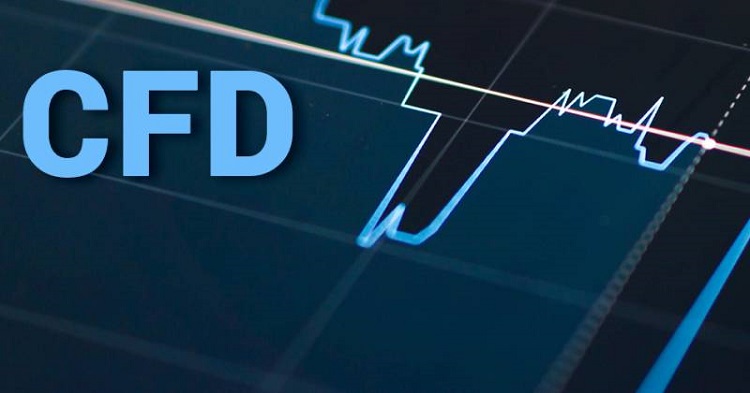What went wrong with Cisco in 2001
There are Cisco Pele and Cisco After, and the two paths crossed, unfortunately, last April.
Former Cisco CFO Larry Carter wrote in the April Harvard Business Review on “virtual” software in San Jose, California. “We can close our books directly within hours,” Carter boasted in a statement. More importantly, decision-makers who need access to sales cuts, manage costs and make daily performance decisions now have real-time access to detailed data. performance. “Cisco’s decision-makers had a divine ability to look around the world, 24/7, which, according to Carter, enabled the company to predict Japan’s economic collapse and collect half of the evolving market there. Cisco After was CEO John Chambers, confessing to The Economist the same month, “We’ve never built a platform in anticipation of something this big.”
See more about: cisco hiring
What has now been called a recent economic collapse? Have you established a big reward for the switch and router manufacturer? The company’s first negative quarter for over a decade. In the third quarter of 2001, sales fell by 30 per cent. Chambers compiled a list of 2.2 billion mountains, and 8,500 people lost their jobs. On April 6, Cisco shares plunged to $ 13.63. 13 months earlier, it was $ 82.
Chambers examined the wreck and confronted it with an unpredictable natural disaster. In his mind, the fault was the economy, not the software or management of his company.
But other networking companies, with much less sophisticated tools, started cutting their forecasts months earlier. They saw the recession coming. Cisco no. Other companies have reduced their stocks. Cisco no. Other companies have seen a drop in demand. Cisco saw it on the rise.
Even more troubling, there is ample evidence that the company’s highly publicized systems contributed to the fog that prevented it from seeing what was clear to everyone else. Their good press may have blinded cisco executives. What is clear is that excessive reliance on technology has led the company on a disastrous path.
CIO Peter Solvik defends his company’s systems. He insists that without the forecasting software, that third quarter would have been even worse. He says that once executives realized a crisis, daily, near-real-time data helped Cisco brake quickly. It was just that “the speed of the swing took everyone by surprise,” says Solvik.
Growing prejudice
Most CIOS are closely related. Did cisco sell it aggressively? And all the software inside? As a tremendous competitive opportunity. In numerous news reports, CFO Carter said that these systems make the company bigger and stronger, the tough rocket battle of Goliath and David.
The CIOs were jealous; the competitors were terrified. No one comes out of the closet without a high profile, like Fortune: “Cisco uses the Web better than any other big company in the world. Time.” Or Business Week: “It should mean the wonders of zilch-o earnings.” Cisco was also a permanent CIO-100 award.
But not everyone was so impressed. Fred Hickey, the editor of the High-Tech Strategist, known for his hype, experimenting with online companies, calls the power of systems “false.” Frank Dzubeck, president of Communications Network Architects, a Washington, DC communications consultancy department, which has worked with Cisco, calls the core services “extreme and imperfect. Management,” says Dzubeck.
“Over the past year, Cisco and John [Chambers] have said over and over how their information systems make them so efficient and so on,” says Jeffrey Young, author of Cisco Unauthorized (Prima Publishing, 2001), which details the ascent and beginnings of his return to earth. “I couldn’t go anywhere without hearing that if I didn’t try to be like Cisco, I would be left behind. Their systems are so brilliant. I’m sorry. Of course it’s not.”
Cisco systems did not model what would happen if a critical hypothesis, growth, was removed from their predictions and mindsets. If Cisco had run even moderately declining demand models, Chambers and Carter would have seen the consequences of betting on more inventory. But Cisco had enjoyed more than 40 consecutive quarters of strong growth. It was three-quarters of an extreme growth rate of up to 66 per cent in its immediate past. The numbers that the virtual closure presented to viewers’ eyes, Cisco executives, painted an image of the present as beautiful and pleasing as Monet’s landscape. According to many observers, Cisco’s fundamental mistake was to rely on this beautiful image to assume that the future would be just as beautiful.
Inventory accumulation
The history of CISCO is like Mount Saint Helens. Its explosive success shattered the side of the old economic rules of slow and steady growth.
Cisco outperformed a small group of networking companies through two strategies: outsourced manufacturing and growth through acquisitions. Since it went public 11 years ago, Cisco has not stopped growing. At times, his growth was incredible. His shares were split 12 times in the 1990s. Its revenue went from millions to billions to tens of billions as fast as the Internet allowed. For example, in May 2000, 44,000 people worked at Cisco at its peak, and thousands of them were millionaires. For a minute on the New York Stock Exchange, Cisco surpassed GE as the most valued company globally and earned a market capitalization of half a trillion dollars. If growth continued at the same rate for another decade, why not? Cisco would be as giant as the U.S. economy. Without a touch of irony, analysts suggested that Cisco could be the first company to have a market capitalization of trillions of dollars.





